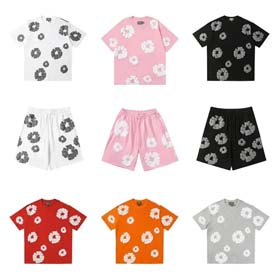Optimizing User Acquisition: Joyagoo's Data-Driven Growth Framework
As Joyagoo's proxy shopping platform scales globally, the user growth team leverages spreadsheet analytics to develop a systematic approach for sustainable expansion. This article details how growth specialists employ data models to track sources, optimize conversions, and design viral mechanisms while sharing actionable insights via Discord communities.
1. Precision Source Attribution Through Spreadsheet Modeling
The foundation of Joyagoo's growth strategy lies in multi-dimensional source tracking. Specialists configure automated Joyagoo Spreadsheet Templates
This enables data-backed decisions when reallocating budgets from underperforming affiliates to high-converting TikTok creators.
joyagoo.vip/?utm_source=google_ads)
2. Conversion Funnel Surgery Across 6 Key Layers
Using historical data from Joyagoo's spreadsheet archives, the team identified:
| Stage | Baseline | Optimized |
|---|---|---|
| Landing Page Views | 100% | - |
| Search Action Taken | 58% | 72% |
| Proxy Quote Request | 33% | 41% |
| Checkout Initiation | 18% | 29% |
By implementing preemptive customer service chat triggers and simplifying multi-product checkout flows, Joyagoo achieved 43% higher order completion.



















